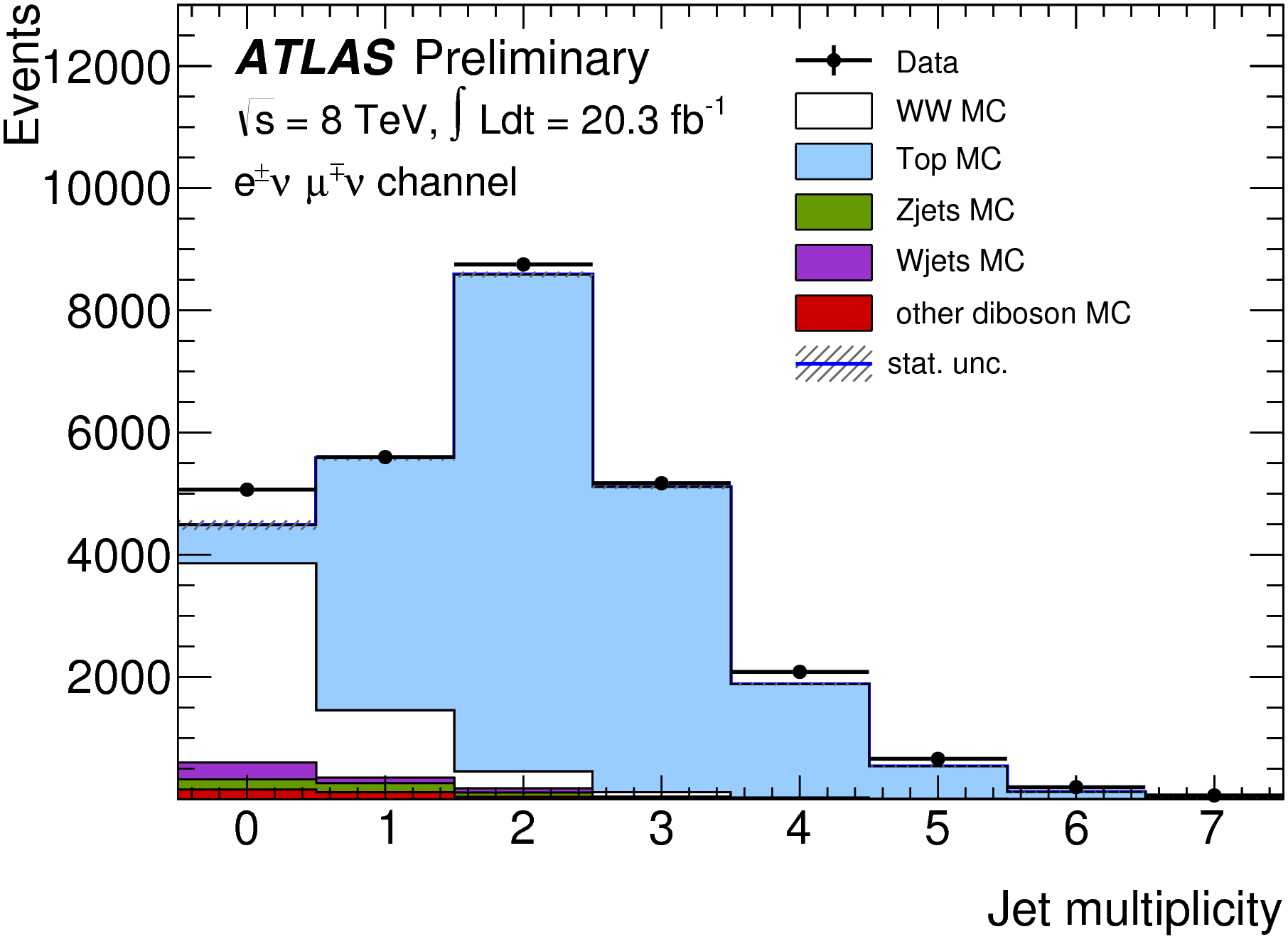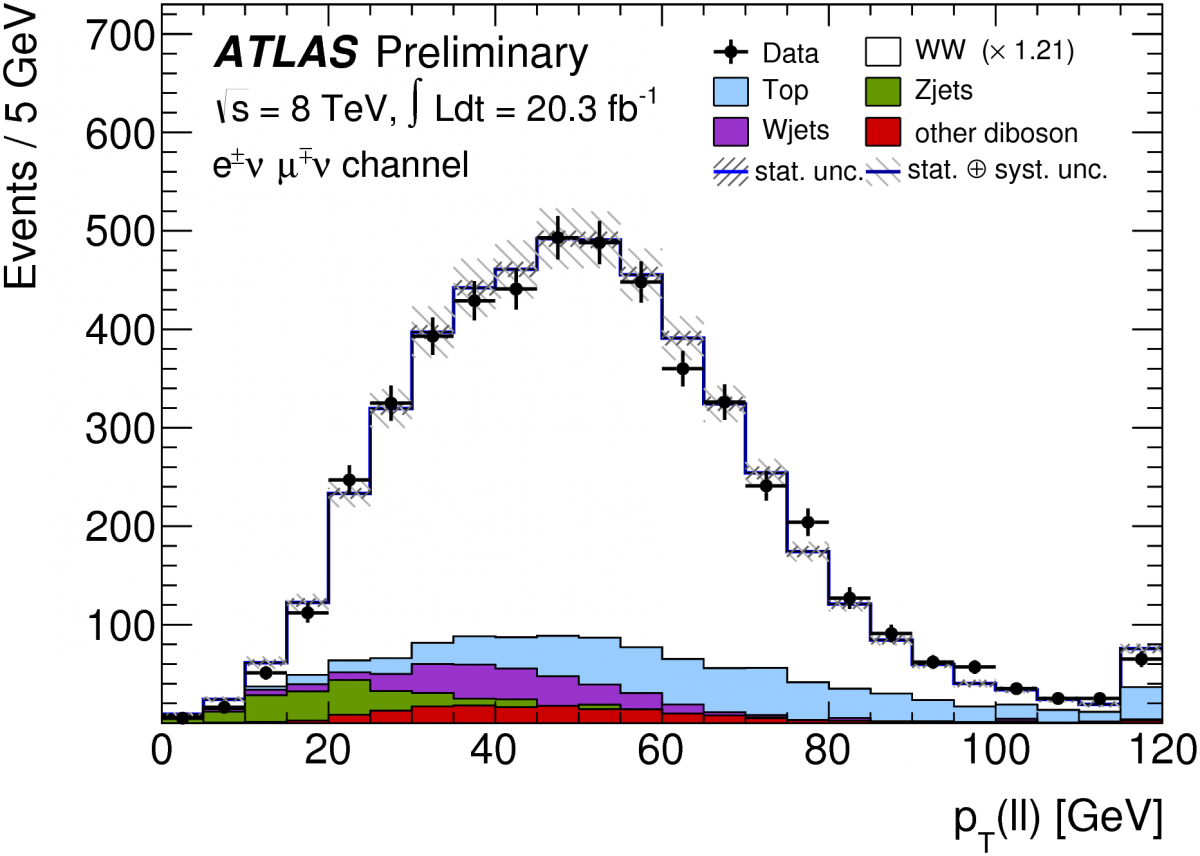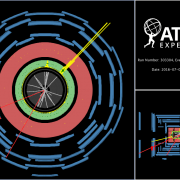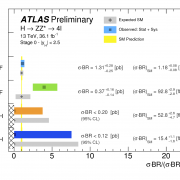Access to Collaboration Site and Physics Results

The production of pairs of heavy bosons, such as two Z bosons, a Z and a W boson, or the more challenging pair of W bosons (WW), are processes that particle physicists are passionate about because they cover a rich spectrum of phenomena. The WW channel, in particular, represents a substantial experimental challenge. In the events considered for this measurement, each W boson decays into an electron or a muon plus a neutrino that remains undetected and is reconstructed through the presence of missing energy in the event.
To measure the cross section of the WW process (that is the rate of its production), one counts all the events in the dataset whose detector response resembles that of simulated WW events, and subtracts the amount of expected non-WW background events. Here lies the real challenge: because two out of four decay products are invisible, the WW signature is not very clean and other processes, such as top quark production or single boson production, contaminate the selected event sample. Precisely estimating their abundance must be handled with the greatest care and consequently takes most of the analysis effort. Depending on the decay channel, background contributions between 20% and 30% of the total number of events have been estimated with a relative accuracy of better than 15%.

Background contribution does not only affect the analysis of the WW process, but WW events themselves contaminate the reconstruction of Higgs boson decays to WW, or could resemble events from supersymmetry production. Knowing the WW cross section to better than 8% accuracy, as this ATLAS measurement was able to achieve, is another milestone to a better understanding of Standard Model processes impacting other areas of the LHC physics programme.
And yes, we should also mention that the WW cross section result comes out a bit high compared to its Standard Model expectation. Not statistically significant, but enough to intrigue theorists and experimentalists to study this tricky channel in more detail.








